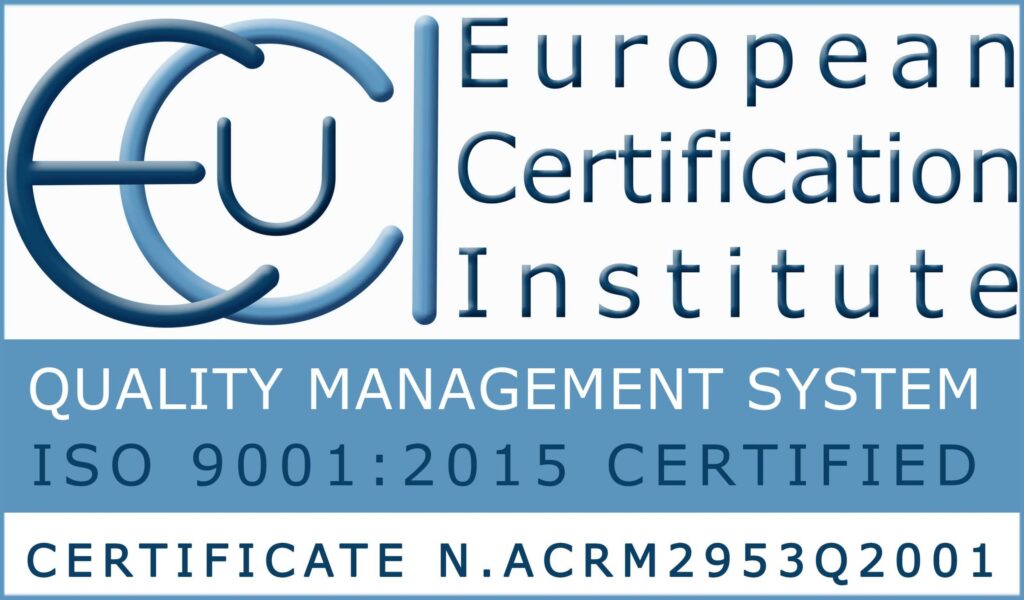Decentralized identity services leverage technologies such as blockchain or other decentralized ledger (DLT) technologies to decentralize an identity system by distributing it across a large number of nodes or participants. Detect, an alternative to siled legacy IAM architectures, establishing identity trust and resilience within the overall system, with little reliance on centralized arbitrators or identity repositories.
The My-ID platform provides a hybrid solution, an alternative to siled legacy IAM architectures, establishing identity trust and resilience within the overall system, with little reliance on centralized arbitrators or identity repositories.
In fact, the biometric identities they create are neither centralized nor deposited on any storage system on nodes or servers; Biometric Identities are available on smartphone or cloud devices owned by the user. The format of the biometric identity is proprietary .bio.
Decentralized identity differs from traditional IAM approaches due to the concept of centralized identity generation and storage, compared to the decentralized one. Traditional IAM approaches, storing identity data and authorizing in central authoritative sources, be problematic from the standpoint of accountability, security, scalability, reliability and privacy.
My-ID considers the biometric identity as a personal asset that cannot be distributed and therefore must remain the complete property of the user (such as a wallet, an identity card, etc.).
This transparency approach minimizes potential central storage, scalability, privacy, and security issues.
My-ID is a BYOI Bring Your Own Identity (BYOI) and Self-Sovereign Identity (User Managed Identity) technology.
My-ID is applicable in the following areas
• Registration and verification of identity.
• Ensure the integrity of devices (including things in the IoT).
• Enabling the sharing of identity data while preserving privacy (“consent control”).
• Mitigate the problems of trust and transparency using the distributed / decentralized model.
• Improve the ability to manage identities, attributes and relationships on a large scale.
• Enabling to carry your own identity and / with you SovereignIdentity (identity managed by the user)
With My-ID, users gain greater control over their digital identity and related attributes (for example, personal information such as address, age and credentials) and service providers will be able to on-board and interact with users with greater speed, certainty and safety. This is in contrast to many online services today, where digital identity and access are isolated and service providers are forced to collect information about the identity of users. This has led to data breaches and other security and privacy issues. In the era of the GDPR and privacy-conscious consumers, service providers through My-ID can re-evaluate their position on the identity data they store and avoid a series of constraints imposed by legislation.
Leveraging My-ID’s biometric identity has the potential to enable service providers to increase the security and convenience of access for end users, all for data breach and potential privacy compliance breaches.


